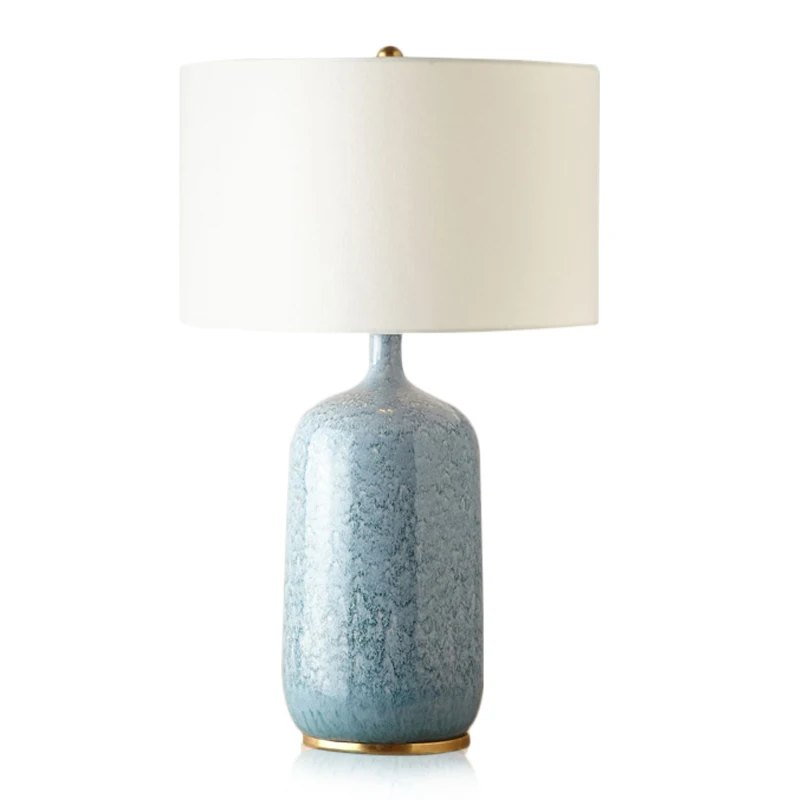
LEAFLETS
PRODUCTS
Best Wall Lights Enhance Your Decor
Understanding Different Styles of Wall Lights
The sheer variety of wall light styles available can be overwhelming, but understanding the basic categories can help you narrow down your choices. Classic styles like sconces, often featuring elegant curves and ornate details, bring a timeless elegance to traditional or period homes. These can be made from a variety of materials including wrought iron, brass, or ceramic, each lending a distinct feel to the space. Their soft, diffused light creates a warm and inviting ambiance, perfect for living rooms or dining areas.
Modern and minimalist wall lights, on the other hand, prioritize clean lines, simple shapes, and often incorporate industrial or metallic elements. These are ideal for contemporary interiors, often featuring sleek metal finishes or minimalist glass shades. Their lighting can be directional, perfect for highlighting artwork or providing task lighting in a kitchen or home office. They offer a sense of understated sophistication, allowing the architectural features of the room to shine.
Beyond these two main categories, you'll find a plethora of other styles. Industrial wall lights, often made from exposed metal and bulbs, add a rugged, factory-chic aesthetic. Transitional styles blend elements of traditional and contemporary designs, offering a versatile option for homes with eclectic decor. Finally, there are whimsical and unique designs that can be a statement piece in any room, reflecting the personality and style of the homeowner.
Choosing the Right Placement for Your Wall Lights
Strategic placement is crucial for maximizing the impact of your wall lights. Simply installing them at random can diminish their effectiveness. Consider the function of the room and the desired mood. In a living room, flanking a fireplace or sofa with matching wall lights creates a balanced and inviting focal point. The warm glow emanating from them can be particularly effective in creating a relaxing atmosphere.
In a bedroom, placing wall lights beside the bed offers practical bedside lighting for reading, while also adding a touch of elegance. Opt for adjustable lights to control the direction of the light beam, allowing you to tailor it to your needs. In a hallway, strategically placed wall lights can not only illuminate the path but also add character to what is often an overlooked space. Consider using several evenly spaced lights to create a continuous line of light.
Remember to factor in the height of the wall lights. They shouldn't be too high or too low; an ideal height generally places the light source at eye level or slightly below, creating a comfortable and functional illumination. Always check your chosen lights' specific dimensions before installation to ensure they are properly positioned within the space.
Considering Practical Factors: Bulbs, Dimmers, and Energy Efficiency
Beyond aesthetics, consider practical aspects like the type of light bulb, the availability of a dimmer switch, and the energy efficiency of your chosen wall lights. The type of bulb impacts the quality and ambiance of the light. Warm white LEDs create a cozy atmosphere, while cooler white LEDs offer brighter, more energizing illumination. Consider the ambiance you want to create in each room when selecting your bulbs.
A dimmer switch offers unparalleled control over the lighting levels, allowing you to tailor the ambiance to different occasions. Dimming lights can transform a bright, functional space into a warm and intimate setting, ideal for relaxation or entertaining. This added flexibility makes dimmable wall lights a highly desirable choice for many homeowners.
Energy efficiency is another crucial factor. LED bulbs are far more energy-efficient than incandescent or halogen bulbs, significantly reducing your energy consumption and long-term costs. Look for wall lights that are specifically designed to work with LED bulbs and offer high energy efficiency ratings. Investing in energy-efficient lighting is a responsible choice that benefits both your wallet and the environment.
Choosing the Right Wall Lights for Different Room Styles
The style of your wall lights should complement the overall décor of the room. A modern, minimalist home would be well-suited to sleek, metallic wall lights, while a traditional home might benefit from classic sconces with ornate details. A rustic-style home might find charm in wrought iron wall lights with a distressed finish, while a bohemian space might embrace colorful, eclectic options.
Consider the existing color palette of the room when selecting your wall lights. The finish of the light fixture should harmonize with existing metallic accents or complement the overall color scheme. For example, brass or gold wall lights can add warmth to a neutral-toned space, while nickel or chrome options create a cooler, more modern feel. The color of the light itself also plays a role; warm white lights can enhance the coziness of a room, while cool white lights can make it feel more spacious and airy.
Think about the scale of the wall lights in relation to the size of the room. Overly large lights can overwhelm a small space, while tiny lights can get lost in a large one. Proportion is key to ensuring your wall lights enhance, rather than detract from, the overall design. Consider consulting a design professional if you are unsure about the right size and style for your space.
In conclusion, selecting the best wall lights is a crucial element in creating a well-designed and aesthetically pleasing home. By carefully considering the style, placement, practical factors, and overall room design, you can transform your living spaces with the warm glow and added style that only the right wall lights can provide. The process is a blend of artistic expression and practical functionality, allowing you to personalize your home and create spaces that are both beautiful and functional.SUBSCRIBE
INQUIRY










